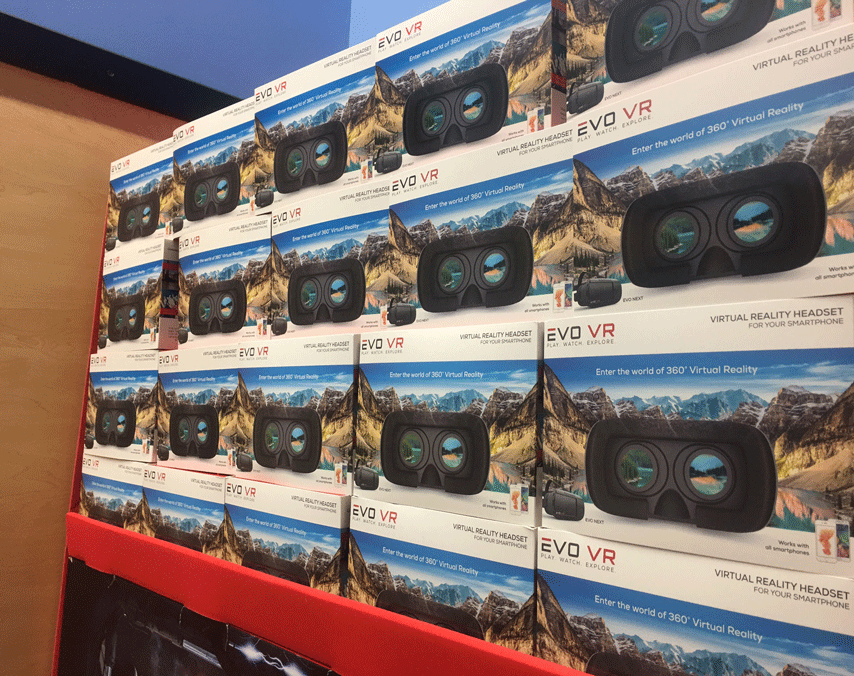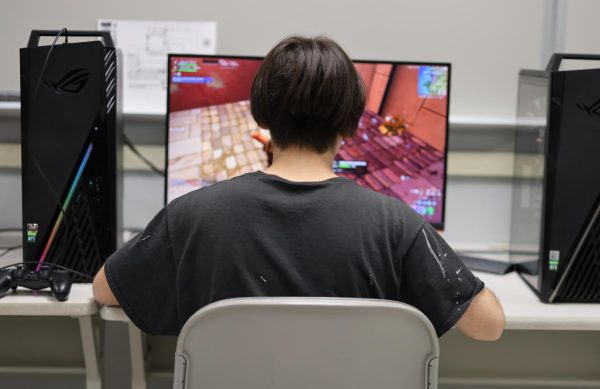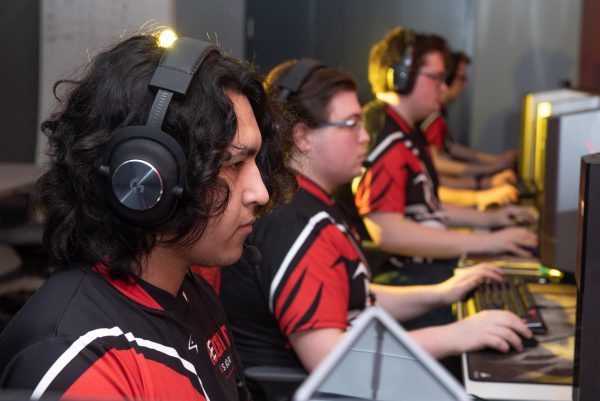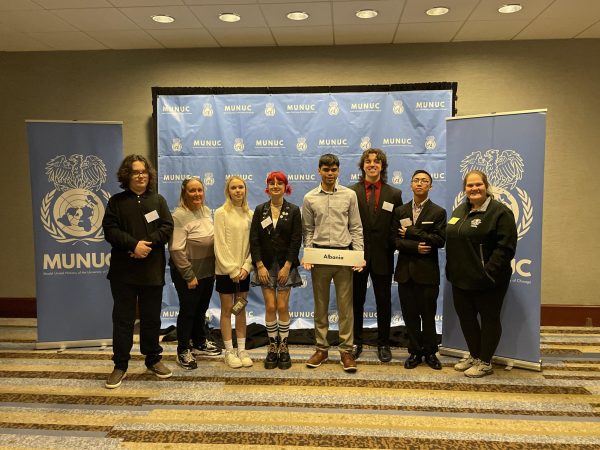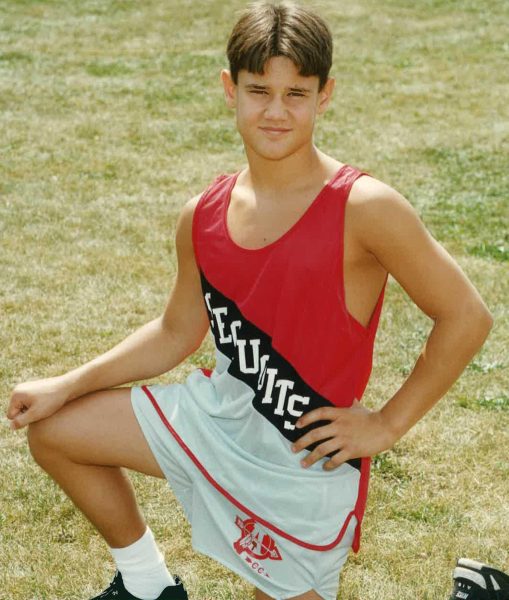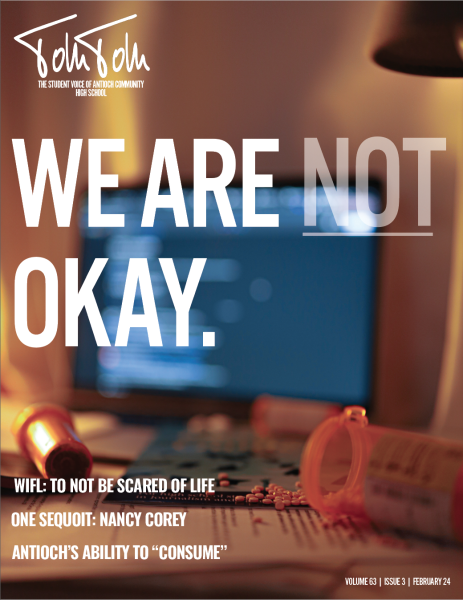Who Ever Said Virtual Reality Isn’t Real?
Since the dawn of the technological era, mankind has dreamed of creating a world as vivid as his own. With new technology, that dream is closer than ever to being realized.
The list of real-life applications for virtual reality is almost endless, and even considered by some to be an overnight sensation. Virtual reality has many applications previously unconsidered.
One of the most interesting is the application of virtual reality within medicine. With this technology, medicine can advance significantly with surgery simulations. Virtual reality is often used to train new surgeons, allowing them to perform on a virtual patient or see inside the human body.
Another use for virtual reality machines is aviation and airplane design. A three-dimensional version of the aircraft can be designed and tested in the virtual reality machine. This allows the testing of prototypes without spending money on expensive material-made prototypes. It is much cheaper to make changes to the simulation than to design and rebuild a new prototype.
Other applications for virtual reality machines include games, studies, treatment of addictions, weather forecasts, re-creating ancient civilizations, data analysis, as well as miscellaneous available classroom applications.
Furthermore, virtual reality is not just for industry, and more and more consumers are enjoying the fast developing technology. When thinking of ordering a personal virtual reality headset, there are many models to choose from, but one of the most popular is the HTC Vive.
“It’s right now the highest type of Vive there is,” said sophomore Bradley Parfitt. “Even though it’s more expensive, there’s more quality to it.”
The HTC Vive has become one of the most popular virtual reality systems because of its lighthouse tracking, a system that allows users to move around while wearing the headset. Although the system requires sensors to be put up in the home, the effect remains nearly unparalleled.
Other top headsets are the Oculus Rift, the original virtual reality machine, and the Sony PlayStation VR. A forerunner of technology, the Rift connects to a computer’s DVI and USB ports and then tracks the user’s head movement to create 3D imagery on its 2160 x 1200 resolution screen. The PlayStation has a chance to go big with its low price and pre-Christmas sale dates. While it may not be as advanced as its competitors, the PlayStation is still a high-tech device at a comparatively low price.
Similarly, brands like Google are boarding the virtual reality train, as Google has come out with both the Google Daydream View and Google Cardboard. Google has claimed that The View is “30 percent lighter” than any other brands on the market, according to Wearable.com’s Google View Review. The other Google virtual reality headset is a bit more low-tech: the Google Cardboard. The headset works by attaching it to a phone, which already has all the necessary gyroscopic sensors and positioning systems that virtual reality needs to track heat movements.
“I think there could be some practical applications for it, as far as contributing to society,” said paraprofessional Makaila House. “We could use it as a learning tool or a teaching tool.”
Whether the preferred virtual reality application is practical or gaming, this incredible technology is an advancement mankind will benefit from for years to come.

Her favorite quote is "She wasn't looking for a knight, she was looking for a sword." - atticus.

